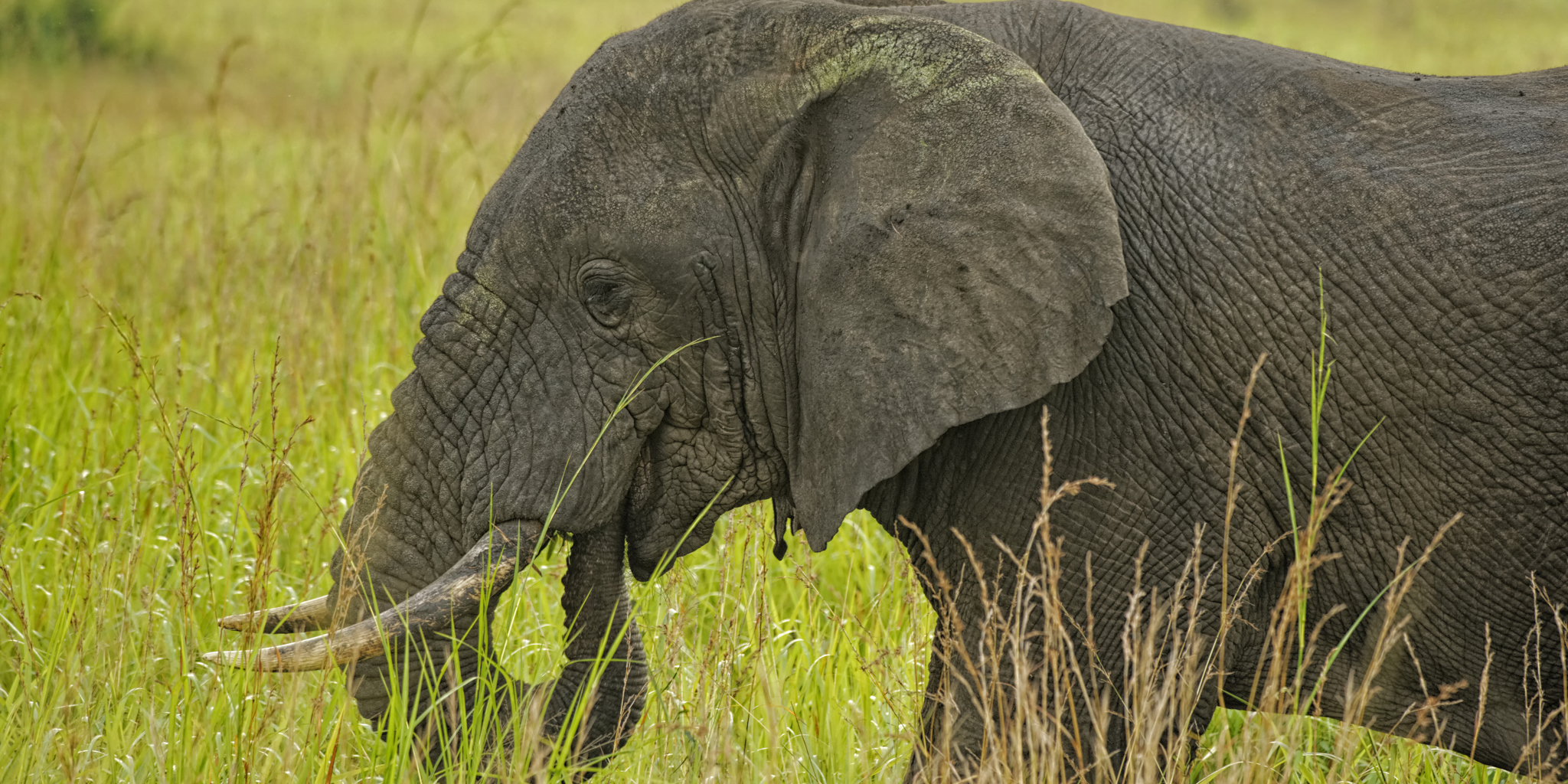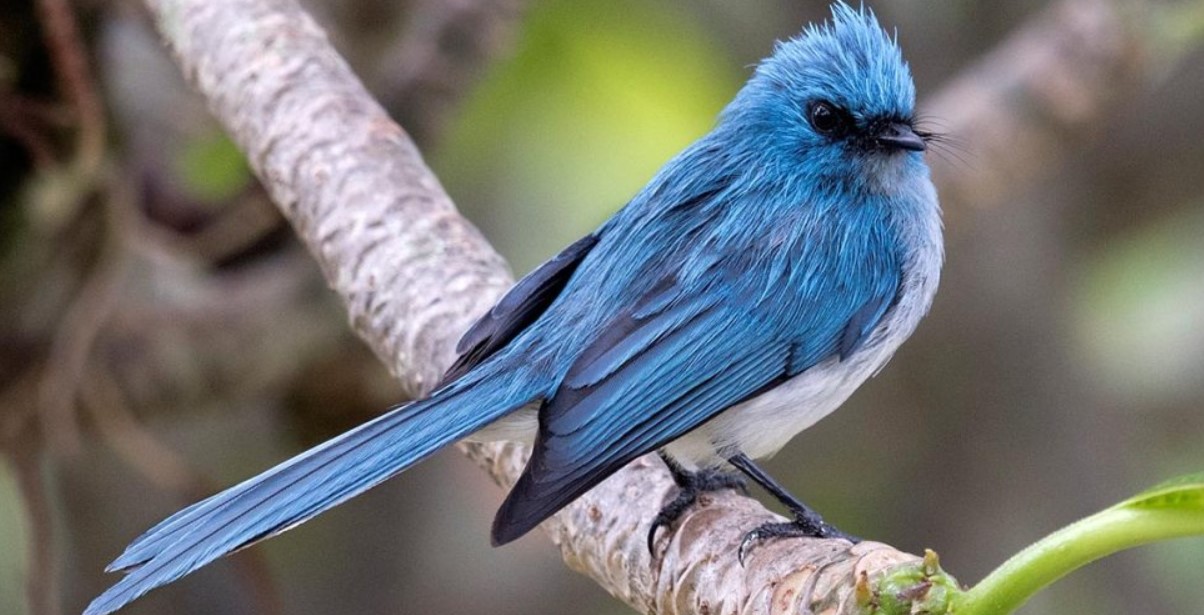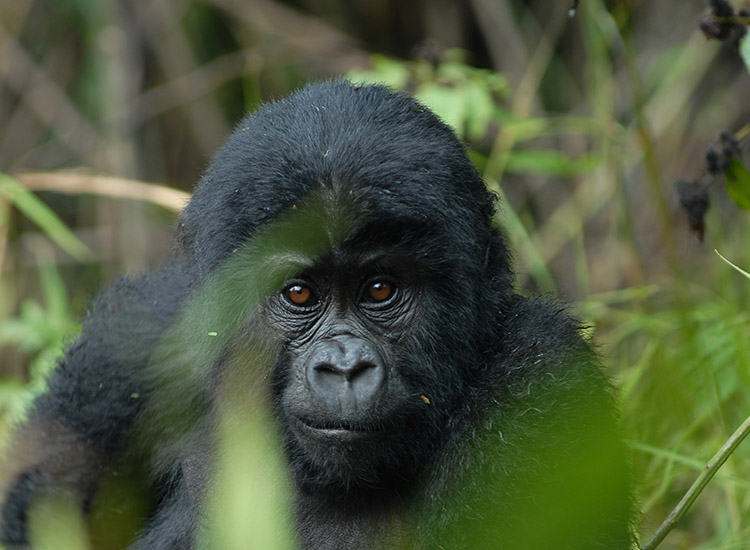What is Queen Elizabeth National Park famous for? Queen Elizabeth National Park it is located…
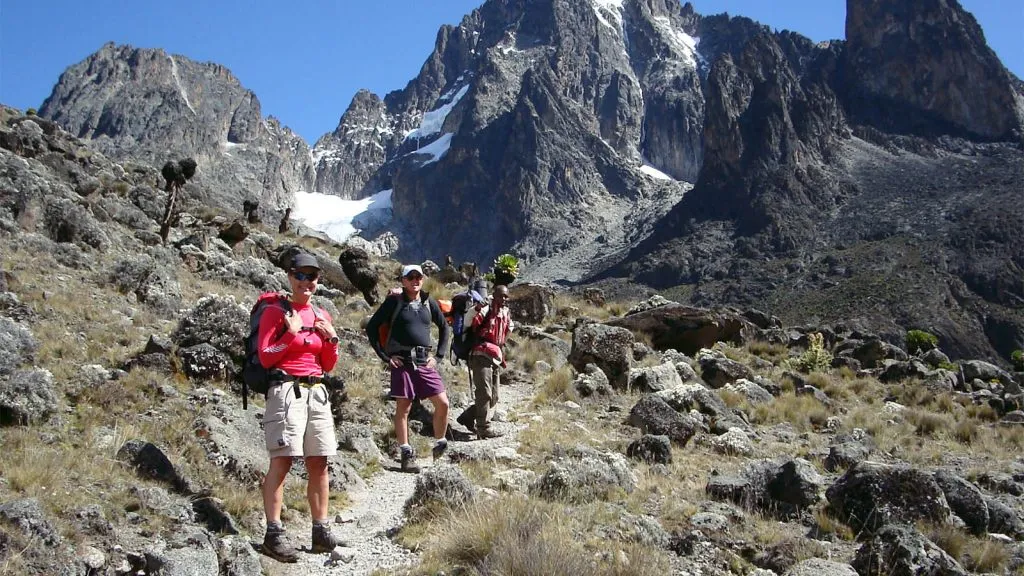
Kenya hiking safaris
Kenya hiking safaris : Kenya is the second-largest country in East Africa, with a total size of around 580,367 square kilometers and a prosperous Indian Ocean coast. The country has a diverse range of tourism attractions, including a large wildlife population, several lakes, rivers, and beautiful mountains that provide some of the most rewarding hiking opportunities in the area. Kenya is one of the best locations in East Africa for hiking because it is home to the second-highest peak in Africa, which is 5,199 meters high. The greatest and second-highest peak in Africa, Mount Kenya, is Tanzania’s Mount Kilimanjaro.
However, the nation is also home to a number of additional volcanic, plateau, dome, fold, and block Mountains dispersed throughout its vast topography; these mountains draw hiking enthusiasts who want to know what it’s like to climb these breathtaking ranges. Additionally, the majority of Kenya’s mountains are located in National Parks, offering fantastic hiking highlights. Immerse yourself in the outdoors as you hike through montane forests, savannah, afro-alpine moorland, and heathland in search of waterfalls and views. Some of these summits include Mount Kenya, Mount Elgon, Mount Longonot, the Aberdare Mountains, Mount Satima, and Mount Kinangop.
Mt. Kenya
After Mount Kilimanjaro, Mount Kenya is the tallest mountain in Africa. Batian (5,199 meters), Nelion (5,188 meters), and Point Lenana (4,985 meters) are its three tallest and most significant summits. The mountain is located in the central and eastern part of Kenya, and it has the wonderful name of the country that Kenya is thought to have been named after. The extinct volcano, which has a single central vent, emerged about 3 million years ago, not long after the East Rift Valley first opened. Before approaching this stunning peak that is covered with snow, hikers must be well equipped. The air often gets cooler as one ascends.
In addition to hiking on these breathtaking mountain ranges, Mount Kenya is located in Mount Kenya National Park, making it a more intriguing travel destination. Some of the activities accessible there include bird watching, wildlife viewing, and nature hikes, to name just a few. The mountain range Mount Kenya attracts more than 15,000 tourists a year. And while the majority of these hikers only ascend to Lenana, the second-highest summit, more seasoned hikers can also reach Nelian and Batian.
On Mount Kenya, hiking can be done over seven different routes: Sirimon in the north-west, Chogoria in the south-east, Naro Moru in the west, Burguret in the west, Timau in the north, Moru in the east, and Kamweti in the south. The Sirimon — Naro Moru route, which takes about 5 days, and the Sirimon — Chogoria route, which takes around 6 to 7 days, are frequently combined by hikers.
Furthermore, the Kenya Wildlife Service must grant permission for hikers to use the other routes, which are less popular.
On Mount Kenya, the best months for hiking are December to March because the weather is sunny and clear, as opposed to March to May and early December since those months are overcast and rainy and make it difficult to see. On the other hand, Mount Kenya is reachable throughout the year.
Mt. Elgon
North and west of Kisumu, near the Uganda-Kenya border, is Mount Elgon, an extinct shield volcano. It is believed to be the oldest extinct volcano in East Africa and to have the largest caldera in the entire planet because it is at least 24 million years old. This mountain, which Kenya and Uganda both claim as their own, gets its name from the Masai surname “Elgonyi.” Its tallest peak, Wagagai (4,321 meters), is entirely located in Uganda, and its other peaks are Sudek (4,302 meters), Koitobos (4.22 meters), and Mubuyi (4,211 meters), all of which are located in Kenya/Uganda. Masaba, located in Uganda, has a height of 4,161 meters. With an average annual rainfall of 3000 mm and a humid to moderately dry climate, this region qualifies as a water catchment area.
Mount Elgon is a fantastic hiking location because to its straightforward but challenging routes. The most well-known route for hiking in Kenya is the Koitoboss route, which provides views of both Kenya and Uganda. Even yet, there is little chance of getting altitude sickness on the other trails, which include Sudek, Endebess Peaks, and Lower Elgon.
On the Ugandan side, Mount Elgon is bordered by the Mountain Elgon National Park. Hiking in Kenva to this mountain will undoubtedly give hikers much more than they had anticipated, as they will be able to observe a variety of bird species as well as the stunning flora that surrounds this scene. As such, it serves as both a mountaineering destination and a haven for a varietv of interesting and beautiful wildlife species. The dry season, which normally lasts from June through August to December through March, is the best time to travel.
ABERDARE MOUNTAINS
These are the isolated volcanic ranges that form the tall Laikipia Plateau and the easternmost wall of the Great Rift Valley. The range, which is situated in Aberdare National Park, is around 100 kilometers long from north to south. The Aberdares consist of two main peaks: Kinangop (3,906 meters to the south) and 01 Donyo Lesatima (3,999 meters to the north). These two peaks are separated by a lengthy saddle of land above 3000 meters. The ideal places to go hiking are these well-known mountains in Kenya. Its subsidiary summits, which are connected to the main range by a 2700-meter valley that was formerly forested and include Kipipiri (3,349), border the main range to the west.
Mount Satima
This peak, which rises to a height of 4,001 meters, is the highest in Kenya and the Aberdare Mountain Range combined. Lesatima, which is shortened to Satima, is another name for it. Its Masai name is Oldoinyo Lesatima, which translates to “mountain of the bull calf.”
Hikers will be able to see the peak of Mount Satima, the Aberdare Mountains, and the stunning Great Rift Valley when hiking in this region.
Hikers will encounter multiple volcanic cones, also referred to as “the dragon’s teeth,” after a two-hour trek to the summit. Moving up and down these mountains is made easier by the elephants and buffaloes from the surrounding Mount Kinangop National Park, which have preserved their tranquil and impenetrable bamboo open. Other hiking highlights are the magnificent volcanic cones and St. John’s Wort trees, which make the hike worthwhile and entice climbers to go on in order to see them.
Mount Kinangop
A hundred miles (160 km) north of Nairobi, Kenya, Mount Kinangop is located in the southern Aberdare Mountains of the Aberdare National Park. Views of the huge rift valley and the Kinangop Plateau may be seen from this dormant volcano to the west. After Mount Satima, Mount Kinangop is the highest mountain in the Aberdares. The volcano offers challenging hiking expeditions. It is distinguished by larae bamboo forests at its lower elevations and tussock grasses at the mountain’s higher elevations. It is exceedingly cold at its main peak and is probably going to get colder at night because of its height (3,906 meters). Spectacular views of a granite outcrop covered in wide moorlands may be seen from the main summit.
There are two pathways that mountaineers can use to ascend this volcano: the Mutarakwa Forest route and the Elephant Hill route. Both routes are physically demanding and extremely exciting, but they are both worthwhile. Additionally, since Mount Kinangop is located in the Aberdare National Park, hikers have the chance to partake in other activities like game viewing and bird watching. Although the Aberdare National Park is open all year round, the best time to mountaineer on these mountains is from December to March when it is dry and not muddy, which facilitates quick hiking .
Mount Longonot
One of the most well-liked hiking destinations in Kenya is Mount Longonot, which is overseen by the Kenya Wildlife Service. The mountain is situated in Mount Longonot National Park, some 90 kilometers from Nairobi.
In Kenya’s Great Rift Valley is a stratovolcano named Mount Longonot. Its name, “oloonong’ot,” which means “mountain of the spurs” in Masai, is derived from its last known eruption, which is thought to have occurred in the 1860s.
A 3.2-kilometer ascent to the crater rim is part of the hiking trips offered in this area. The gate is only around 630 meters higher than the peak due to the jagged rim, even though the summit is 2,776 meters above sea level. A 7.2 km trailhead that circles the crater rim is also available, and it is the most rewarding because it offers views of the Rift Valley, Lake Naivasha, and Mount Longonot National Park.
Intriguing wildlife species, such as buffalo, Thomas’s gazelles, plain zebras, and hartebeest, as well as a forest of tiny plants covering the crater floor and tiny steam vents strewn around the crater walls are all present on Mount Longonot. The months of December through March are the ideal ones to visit this place.
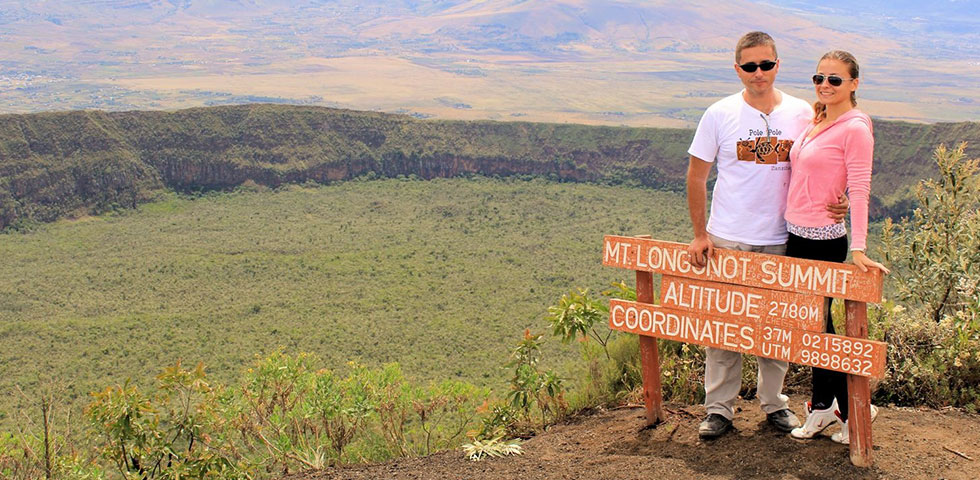
HELL’S GATE NATIONAL PARK
On the southern side of Lake Naivasha in northwest Nairobi, Hell’s Gate National Park is about 14 kilometers from the former Nairobi-Naivasha Highway. The park, with a surface size of 68.25 square kilometers and an elevation of 1,900 meters, is named after a tiny cliff opening created by two volcanic eruptions. It is one of the most stunning sites to visit in Kenya because of the variety of gullies, rims, and exquisite rocks that were created as a result of a volcanic eruption. Hell’s Gate National Park is well known for its unrivaled scenery made up of rocks and towering cliffs despite its tiny size. In order to see the park’s distinctive features, many hikers are motivated to try rock climbing around this reserve. These include Fischer’s Tower, the central tower, two extinct volcanoes, obsidian formations from the cool molten lava that are worth a hike, and more.
One of the greatest ways to explore Hell’s Gate is the 01 Njorowa Gorge trek. The trail descends into a smaller valley to the south, where there are hot springs. Numerous animal species, including lions, leopards, and cheetahs, as well as over 103 bird species, including verreaux’s eagles, augur buzzards, and vultures, can be clearly seen during hikes in this area.
Hell’s Gate National Park is the greatest area for trekking and hiking because it is close to Nairobi and hence easily accessible. It also has lower park entrance costs than other national parks. However, there are still other activities you can do here, like camping, motorcycling, and cycling.
When there is no rain to interfere with your safari, June to March is the best time to explore Hell’s Gate. Rock climbing may be challenging during the rainy season due to wet and slippery trails.
MENENGAI CRATER
Menengai Crater, Africa’s second-biggest volcano caldera and Kenya’s largest, is situated 10 kilometers north of Nakuru. It is a sizable shield volcano, and the enormous lift valley is home to one of the world’s largest calderas. The crater, which dates back to some 200,000 years ago, is distinguished by rich loam soils produced by volcanic activity that enrich the nearby farmlands along its slopes. It is situated on the river of the Great Rift Valley.
A shield volcano with flowing lava, Menengai has a diameter of 12 kilometers and a gently sloping slope of around 500 meters from the crater rim to the crater floor. Since the eruption, this location has been the pride of Nakuru’s tourist attractions, boasting lush green landscapes, flora, and fauna that can be observed from a point of view and encouraging visitors to go hiking here.
More precisely, the great guerrillas hide in the Mau Mau cave on the west side of the crater because of an old legend about vanquished Maasai warriors who rebelled against the British colonial overlords, driving the guerrillas into hiding. However, one can explore and coexist with these humanoid creatures with the help of a knowledgeable guide. One of the best places to trek is Menengai Crater, which is best done in groups with a knowledgeable local guide. Although this place is open all year, July to October is the best time to visit the crater.
For individuals who appreciate this activity as part of their greatest hiking experiences in Kenya, Kenya will unquestionably serve as the best hiking location. Additionally, mountaineers should have the opportunity to experience many other Kenyan wonders, including the local culture and wildlife.

